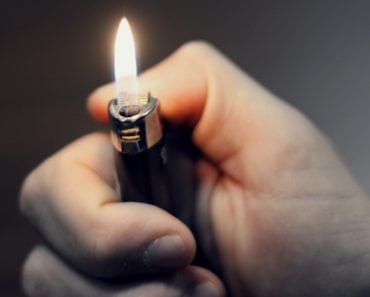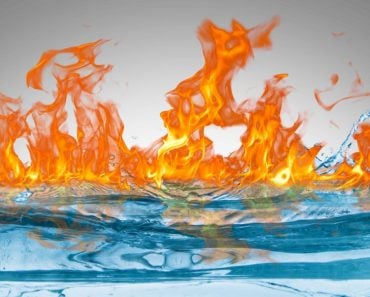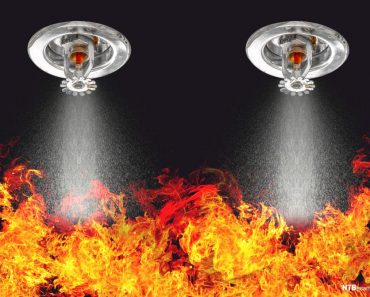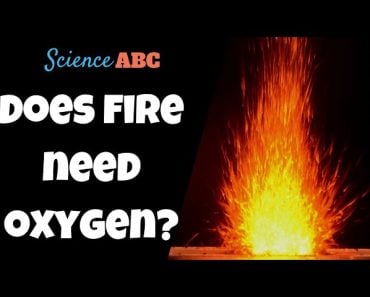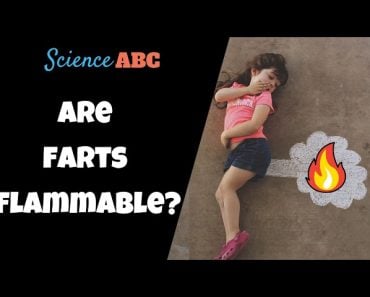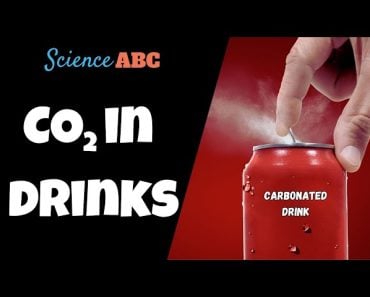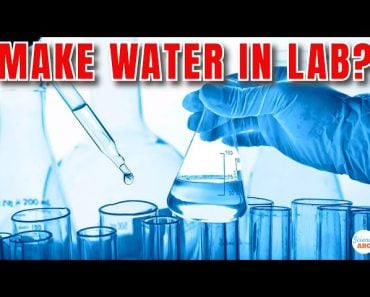Table of Contents (click to expand)
When you press the lever on the top of the extinguisher, a valve inside is forced open, releasing the pressurized gas and extinguishing agent through the nozzle. The active fire extinguishing agent is usually potassium bicarbonate (KHCO3), liquid water, or an evaporating fluorocarbon.
Despite being one of the oldest discoveries of mankind, fire also happens to be one of our biggest threats. In a matter of minutes, fire can engulf an entire home, office or other structure that took years to build. For that reason, good strategies for putting out fires are critical. Most buildings constructed in the modern era come with fire extinguishers, but have you ever wondered how they work? Let’s find out!
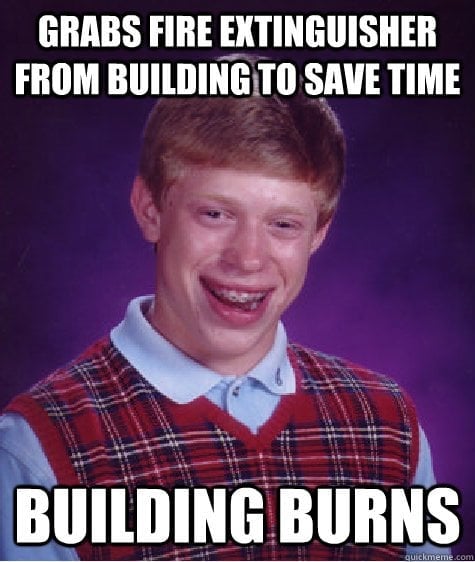
Recommended Video for you:
What Is Fire?
When asking your friends or relatives what fire is, you’re likely to get the answer that it is some frightening stuff that can reduce giant structures to ashes. However, when you ask a professional, like a scientist or firefighter, their definition of fire is much more precise. Scientifically speaking, fire is the result of a chemical reaction called combustion. When combustion occurs, substances like wood, oil, coal, paper etc. combine with the oxygen in the air to generate carbon dioxide, water and waste gases, along with an enormous amount of heat.
Combustion is not an automatic process, i.e., stuff doesn’t burst into flames without an external trigger. This trigger is usually some form of energy—activation energy. When you spark a match, you are providing this ‘activation energy’ for combustion to kick in. However, once a fire is lit, it does not require activation energy for continuation—it can spread on its own. That’s why we sometimes witness such terrible fire-related tragedies, such as wildfires and massive conflagrations in office buildings.
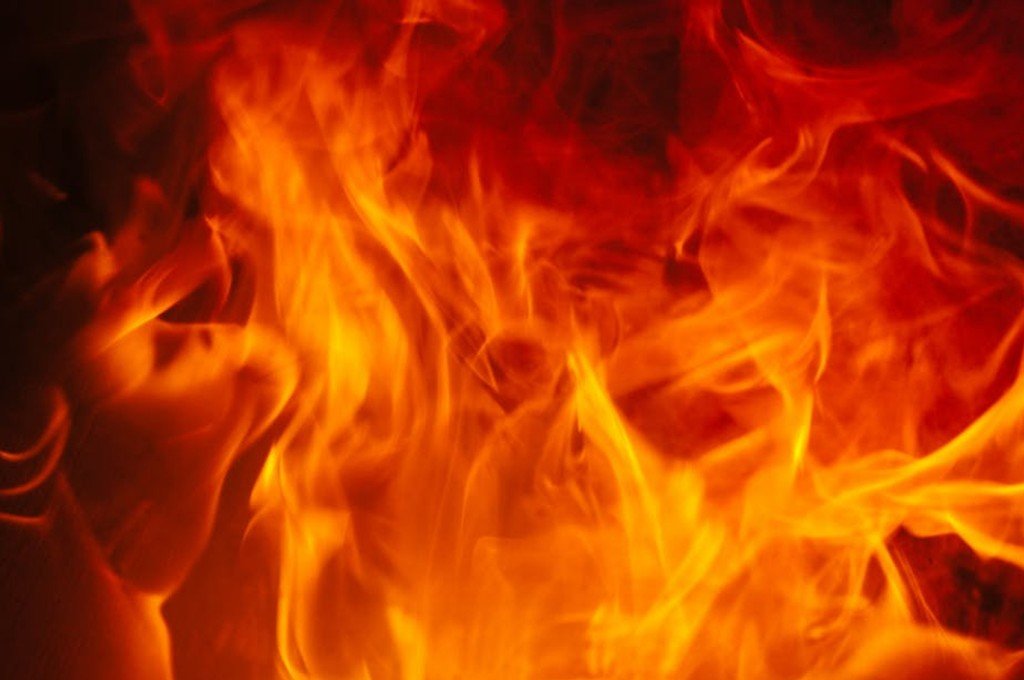
Working Of A Fire Extinguisher
All fire extinguishers work on the basic principle of removing any of the three basic elements needed for combustion—oxygen, heat or fuel. Since their creation two centuries ago, fire extinguishers have played an integral part in saving lives being threatened by a perilous fire.
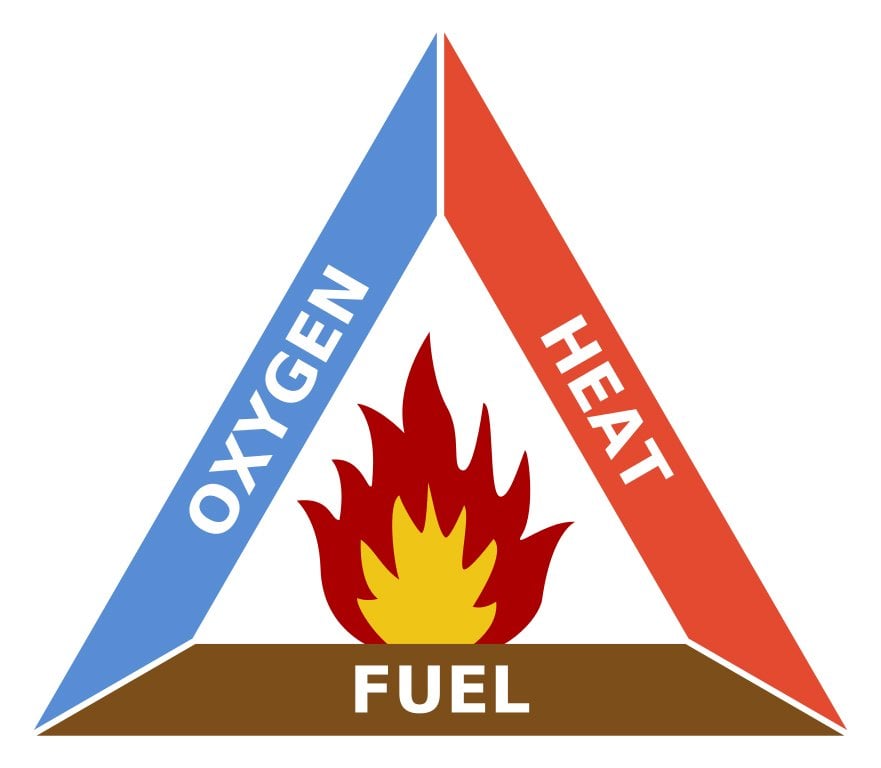
Basically, there are two types of fire extinguishers: those with internal stored pressure and those where a cartridge system is used to deliver pressure. Cartridge-based systems are more common and are typically used in industrial premises.
Both variants work in more or less the same way—removing one of the three elements of fire’s trinity—oxygen, heat or fuel. This is accomplished by holding the contents within under pressure—either from pressure inside the extinguisher tank or from external cartridges—which can be released in a rapid burst of extinguishing agent when used. When you press the lever on the top of the extinguisher, a valve inside is forced open, releasing the pressurized gas and extinguishing agent through the nozzle.
Chemicals Inside The Extinguisher
Now, based on its intended application, a fire extinguisher will contain different chemicals. For example, the fire extinguishers (handheld) that you generally see in residential premises contain pressurized nitrogen or carbon dioxide (CO2) to propel a fire-extinguishing agent to blow out the fire. The active fire extinguishing agent is usually potassium bicarbonate (KHCO3), liquid water, or an evaporating fluorocarbon.
A water sprinkling extinguisher is common in a fixed system, such as a residential apartment tower, as they are inexpensive and safe for people. However, water as an extinguishing agent is not always useful. In a computer or a control room, for example, water could cause short-circuiting, whereas in a fuel storage system, water would barely be effective. Similarly, a water sprinkling extinguisher should not be used in an application where weight and space is limited—such as on an aircraft. In these situations, different chemicals are used. CO2 works well for a room full of computers and servers, but could be fatal if people are also trapped amidst a voracious fire.
Researchers are actively working to develop more chemical combinations that will not only inhibit flames, but also provide cleaner and safer alternatives to the extinguishing agents currently being used that are harmful to the environment. They are also toiling to develop new means of discharging conventional chemicals more effectively, so that the fire extinguishing process can be completed in even less time. One of the ideas making the rounds in the academic circles of fire extinguishing is the use of a solid propellant. This solid propellant would generate an inert gas mixture—an approach similar to the airbag system in your car. Such a system, upon activation, would extinguish fires as easily as we blow out a candle!


